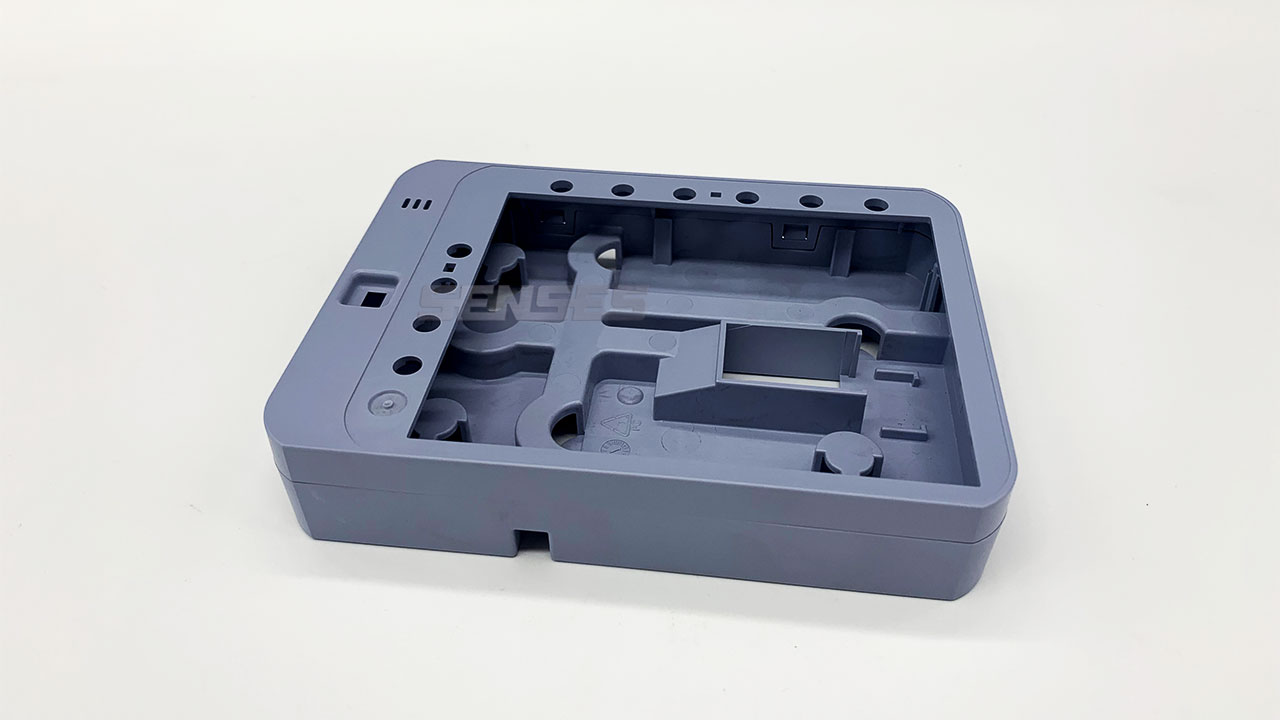Prototype injection molding plays a pivotal role as a bridge to the production phase, effectively mitigating risks and enhancing product validation long before mass manufacturing commences. Leveraging injection molding for prototyping purposes provides numerous advantages. Although plastic injection molding is typically associated with high-volume production, it can also serve as a cost-effective solution for prototypes and low-volume production in specific scenarios.
Understanding Injection Molding

Injection molding is a widely-used manufacturing process that involves injecting a heat-softened plastic material into a relatively cool mold cavity to produce a final product with the desired shape. This process is favored by many manufacturers for crafting various parts from plastic materials. The molten plastic is injected into a mold under high pressure, efficiently yielding parts. The molds themselves can be fabricated from steel or aluminum, offering the flexibility to create precisely designed components.
Injection molding has gained popularity over the years due to its cost-effective nature and versatility in creating custom parts. Understanding the intricacies of this process is essential for successful prototype injection molding.
Understanding Prototype Injection Molding
Prototype injection molding serves as a bridge-to-production method that reduces risks and enhances product validation well before mass manufacturing. Although plastic injection molding is often associated with high-volume production, it can also be a valuable tool for prototyping and low-volume production. The key is to leverage this technology wisely to minimize costs and lead times.
Differentiating Prototype Needs
When it comes to prototypes, not all are created equal. There are different types of prototypes, including:
- Proof-of-Concept Prototypes: These prototypes evaluate scale, form, and basic functions.
- Looks-Like Prototypes: Used to visualize the final appearance of a product.
- Works-Like Prototypes: Validate form, fit, and function.
- Pre-Production Prototypes: Combine the final appearance and utility validation.
While most proof-of-concept and looks-like prototypes may not justify the expense of injection molding due to their low part quantities, works-like and pre-production prototypes often benefit from this method, especially when larger quantities are needed.
3D Printing vs. Injection Molding for Prototypes
For prototypes with low quantity requirements (proof-of-concept and looks-like prototypes), 3D printing is often more cost-effective than injection molding, as it doesn’t require expensive tooling. However, when you need larger quantities (works-like and pre-production prototypes), the economics may shift in favor of injection molding.
Consider the cost difference between producing one proof-of-concept prototype and 100 pre-production prototypes using injection molding. While the initial tooling cost remains the same, the per-part tooling cost significantly decreases for larger quantities, making injection molding more economical.
Design Considerations for Prototyping
Designing for manufacturability (DFM) is crucial when transitioning from 3D printing to injection molding. The two processes have different design rules, minimum wall thicknesses, and tolerances. It’s essential to create prototype injection molds that allow you to identify potential production challenges early in the design phase.
Additionally, file formats differ between 3D printing and plastic injection molding. Converting 3D printing files (STL) to injection molding-ready formats is necessary.
Material Selection for Prototypes
Materials used in prototype injection molding can align with those for production injection molding. However, abrasive materials like glass-filled nylon may wear prototype molds more quickly due to their softer nature. The choice of material should consider the specific prototype’s purpose and requirements.
Different Mold Materials and Types
The material used for molds, whether aluminum or steel, plays a significant role. Aluminum is cost-effective but may not achieve the tight tolerances of steel molds. Soft and semi-hardened steel molds offer a balance between cost and precision and can be produced quickly. Hardened steel molds are ideal for production but are more expensive.
Making the Right Choice
Prototype injection molding offers a versatile solution for various prototyping needs. By understanding your project’s specific requirements and economics, you can make informed decisions to achieve cost-efficient production. Whether you choose 3D printing or injection molding for your prototypes, Senses can assist in your journey from prototyping to production.
Ready to explore prototype injection molding for your project? Contact Senses for expert guidance and seamless production solutions.





